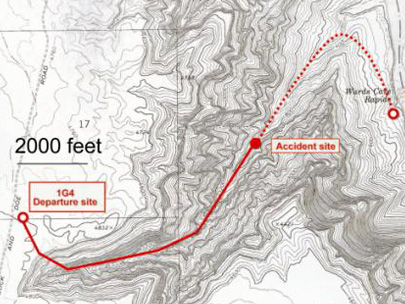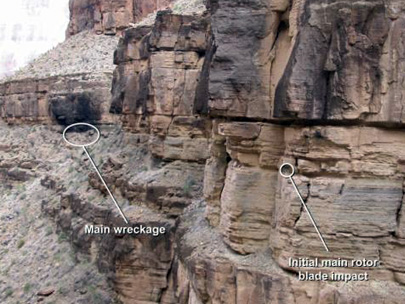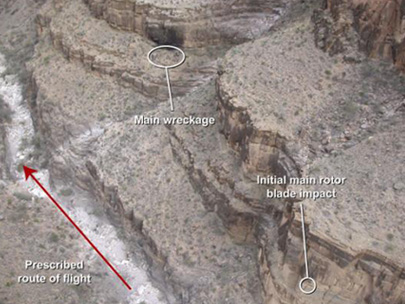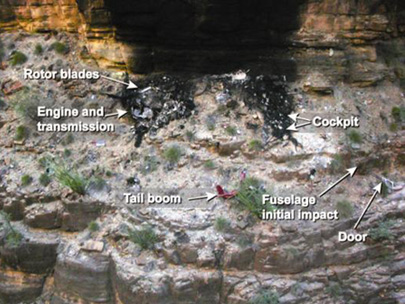Hawaiian Eurocopter EC-130 Tourist Helicopter Crash
A Pennsylvania couple was on their honeymoon after marrying on November 5, 2011 when the Eurocopter EC-130 Helicopter excursion they were on; crashed, killing all on board as they were flying over the scenic Hawaiian Island of Molokai.
Michael and Nicole Abel, were from Murrysville, Pennsylvania, and had only been married six days when their tour chopper lost altitude and smashed into a ridge after a freak attack of bad weather. The tour pilot, Nathan Cline and two Canadians from Ontario also died in this horrific accident.
Their wedding photographer, Joe Appel said the two had remarkable chemistry together. ‘It was pretty obvious they had a bright future together. … They were a very sweet couple, very devoted to each other’.
Michael and Nicole Abel both worked for the Westinghouse nuclear power company at the corporate headquarters in Cranberry, Pennsylvania.
According to witnesses, a storm front suddenly blew across the island of Molokai and caught the tour helicopter, a Eurocopter EC-130. The helicopter crashed into a ridge behind an elementary school, where it exploded into flames on impact. Other eyewitness accounts said rain and a storm front suddenly caught the helicopter as strong wind gusts blew through the island.
Firefighters and Police officers used all-terrain vehicles to reach the remote crash site in the mountains. Four bodies were pulled from the wreckage, and a fifth was underneath the aircraft.
School officials scrambled to keep all the students inside the elementary school. Rescuers worked on a smoking area in the mountains, which was visible from the school yard, according to the Molokai Dispatch.
Mr. and Mrs. Abel and the Canadian victims were on a 45-minute tour of West Maui and Molokai operated by Blue Hawaiian Helicopters.
Blue Hawaiian offices closed Friday, so the company officials could review procedures. While Federal aviation investigators arrived in Hawaii to begin going through the wreckage to determine what caused the crash.
The EC-130 chopper that crashed was less than a year old and was leased from Nevada Helicopter Leasing LLC. Tour helicopters have come under heavy scrutiny over their safety in recent years around the country.
Blue Hawaiian conducts approximately 160,000 tours each year on all of the Hawaiian Islands, and another Blue Hawaiian helicopter was involved in a July 2000 crash that killed seven people on Maui.
Contact a Helicopter Lawyer
If you have been injured or a loved one has been killed in a helicopter crash, then call us 24/7 for an immediate consultation to discuss the details of the accident and learn what we can do to help protect your legal rights. Whether the accident was caused by negligence on the part of the helicopter owner, hospital or corporation, the manufacturer or due to lack of training, poor maintenance, pilot or operator error, tail rotor failure, sudden loss of power, defective electronics or engine failure or flying in bad weather conditions, we can investigate the case and provide you the answers you need. Call Toll Free 1-800-883-9858 and talk to a Board Certified Trial Lawyer with over 30 years of legal experience or fill out our online form by clicking below:





